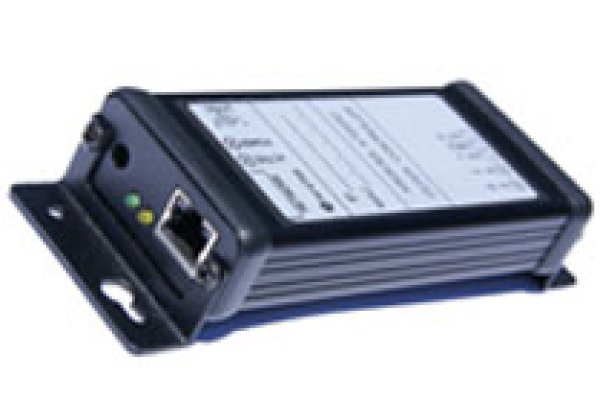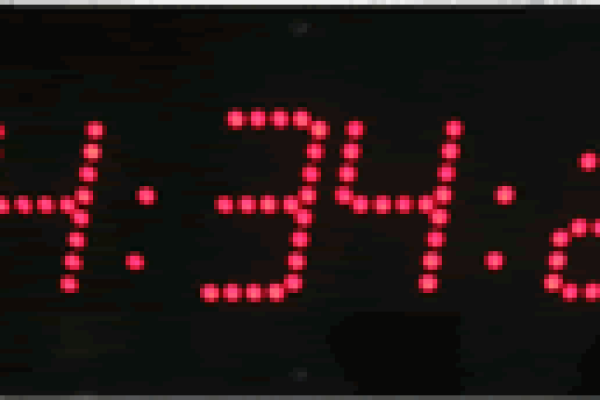Master Clock Systems
Master Clock systems generally refer to cabled clock systems where a master clock is connected to secondary/slave clocks. Master Clock Systems in various forms have been used since the early 1900's to keep clocks on time throughout a building or organisation. The older systems relied on impulse or sync-wired corrective clock technologies using 2, 3 or 4 wire circuits to operate solenoids at the clock to initiate a clock advance or correction. These systems were/are primarily electro-mechanical in operation with the associated wear, noise and maintenance costs. These technologies are becoming less and less common as newer synchronised time technologies are introduced. These include Syncroline, DuraTime wireless and PoE clock systems. The newer technologies rely on time updates from an NTP timeserver or GPS SNTP Timeserver.
In the case of Syncroline it is a modern data based cabled master clock technology developed by Krontek. The Syncroline system is particularly popular in hospital and university campuses due to low cost & simple cabling, scalability & the range of available clocks.
Krontek make a range of master clocks, controllers and digital clocks which offer solutions to keep impulse and sync-wired systems operational.
- KT2050 Network Clock Controller
- KT3000 Master Clock - stand alone
- KT3000GPS Master Clock with integrated GPS
- KT4000 Network Master Clock with control circuits (bell ringing)
The Krontek KT160S & KT160C digital clocks can be used as slave clocks on some of the legacy master clocks systems still in use.
While a master clock is usually thought of as a separate "head end" that only controls the slave clocks. The KT160 series of clocks can act as master or slave. One clock is designated as the master with a two-wire serial communication cable carrying correction signals to each of the slave clocks.
Time Correction Formats Explained
This section is included to provide a description the various time correction formats.
Standard BCD
This format provides hours, minutes and seconds in a Binary Coded Digital data packet. It updates once a second.
Extended BCD
This format provides hours, minutes, seconds, day, month and year. It updates once a second in a Binary Coded Digital data packet.
Minute Impulse SR2 (corrective)
This correction format was designed for mechanical analogue clocks. Minute impulses synchronise the clock by setting the seconds to zero (if the clock is more than 10 seconds past the minute the clock will advance to the next minute). The clock ignores more than one pulse per minute, however the transition from a previous negative to positive minute pulse at the transition from the 59th minute to zero minutes will cause the clock to set the minutes and seconds to zero (if the clock is more than 10 minutes past the hour the clock will advance to the next hour).
Minute Impulse RP (reverse polarity)
This format consists of minute impulses alternating in polarity. Minute impulses synchronise the clock by setting the seconds to zero. The clock ignores any more than one pulse per minute.
Sync Wired
This format consists of an 8 or 12 second pulse indicating an hourly or twelve hourly correction. Systems can be 3 or 4 wire and 24v or 240V.










